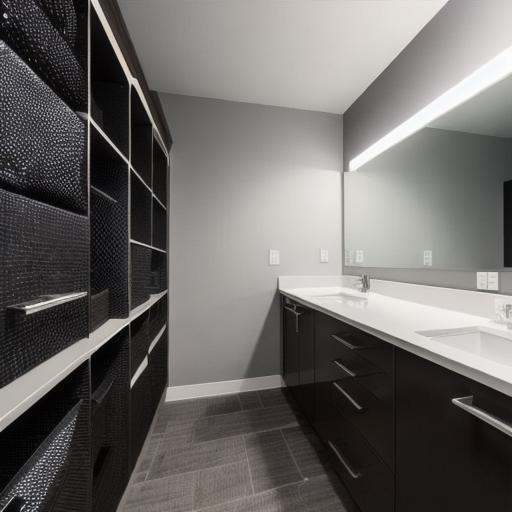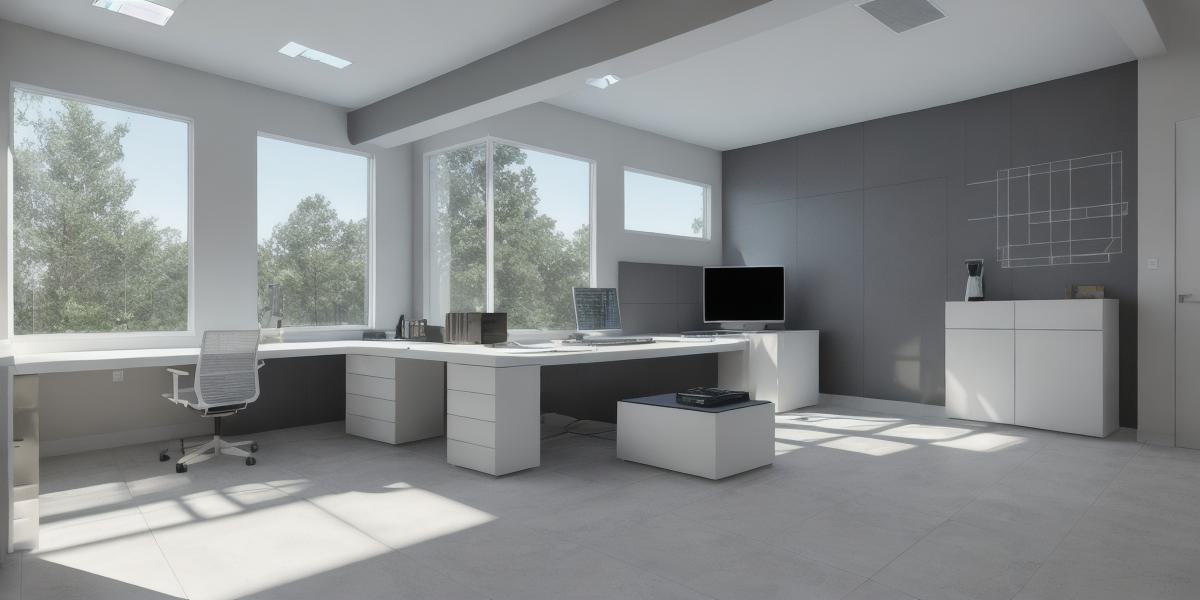Rooms are essential elements in building design projects using Autodesk Revit, as they define spaces for architectural, MEP (Mechanical, Electrical, and Plumbing), and structural modeling. Room data sheets serve a crucial role in managing and organizing room information within the Revit model. In this text, we will discuss the importance of room data sheets and their impact on enhancing productivity and efficiency while working with Revit.

1. Organization and Consistency
Room data sheets allow users to maintain consistent information about each room within a project. They store essential data such as room name, area, level, location, and other properties. This consolidated information helps ensure accuracy and uniformity across the entire model, improving overall project organization and making it easier for team members to navigate and collaborate.
2. Simplified Data Management
Room data sheets make managing large amounts of room-related data more accessible and convenient. Users can easily update property values in a centralized location without having to edit each individual room manually. This simplifies the data management process, reduces manual errors, and saves valuable time.
3. Improved Productivity and Efficiency
By streamlining data entry and organization, room data sheets help boost productivity and efficiency for Revit users. Designers can quickly access information about specific rooms, modify properties as needed, and apply those changes to multiple rooms at once using various selection filters or linked elements. This saves time and allows teams to focus on more complex tasks that require a higher level of expertise.
4. Enhanced Collaboration and Communication

Effective communication among team members is vital for successful building design projects. Room data sheets provide a clear, concise way to share essential room information with collaborators. They enable architects, engineers, and contractors to coordinate their work more efficiently by ensuring all team members have access to accurate room data. This improved collaboration leads to fewer misunderstandings, fewer errors, and ultimately results in a higher-quality final product.
5. Better Integration with Other Systems
Room data sheets play an essential role in integrating Revit models with other systems such as cost estimating tools or building automation software. By maintaining consistent room information within the model, users can ensure seamless data exchange and accurate information transfer between applications, enabling more efficient workflows and better overall project management.
In conclusion, the importance of room data sheets in Revit lies in their ability to enhance organization, simplify data management, boost productivity, improve collaboration, and enable effective integration with other systems. By utilizing room data sheets effectively, Revit users can save time, reduce errors, and work more efficiently, ultimately resulting in higher-quality building designs and improved overall project success.
